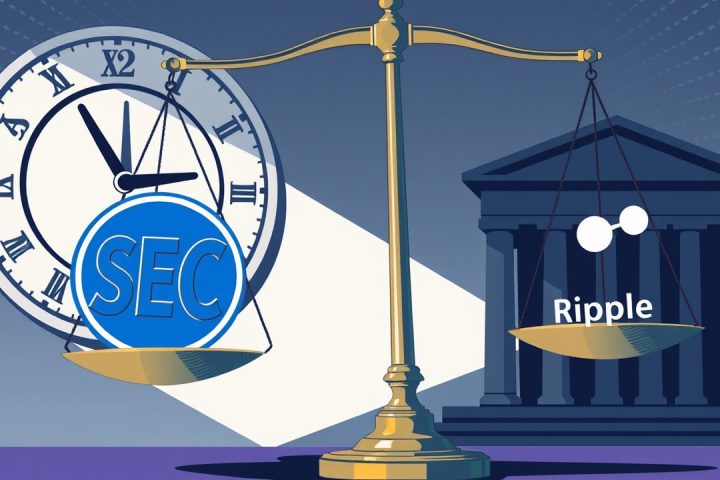Introduction
The Federal Housing Finance Agency (FHFA) has taken a pivotal step in recognizing the relevance of cryptocurrency in the context of single-family mortgage risk evaluations. This initiative aims to allow individuals holding cryptocurrency for extended periods to use their digital assets in mortgage applications, avoiding the necessity to sell them. However, the successful implementation of these proposals hinges on an accurate understanding of cryptocurrency’s operational dynamics, particularly the validity of self-custodied digital assets.
Misinterpretations of FHFA’s Directive
Some stakeholders have misinterpreted the FHFA’s directive, thinking it mandates that cryptocurrencies must be held on U.S.-regulated exchanges to qualify. This misunderstanding could lead to unnecessary restrictions contrary to the directive’s actual intent. Specifically, the FHFA states that digital assets
“must be capable of being evidenced and stored on a U.S.-regulated, centralized exchange subject to all applicable laws.”
This wording indicates that while the assets need to be verifiable and managed through regulated frameworks, it does not prohibit ownership outside such channels; the focus should be on the capacity to verify, rather than enforcing a particular custody model.
The Importance of Self-Custody
Moreover, self-custody is far from a peripheral aspect; it is integral to the security and architecture of cryptocurrency. In fact, well-executed self-custody can provide enhanced transparency, audit trails, and protection compared to centralized exchanges, particularly in light of the recent failures of several prominent custodians. When self-custodied assets are suitably documented, they become fully auditable because on-chain records clearly show ownership and balances. Additionally, using cold storage or non-custodial wallets minimizes risks associated with a central point of failure. Tools already exist for third parties to validate wallet holdings and transaction histories, proving the viability of self-custody.
Encouraging Innovation in Mortgage Frameworks
Excluding self-custodied assets from mortgage considerations based solely on their lack of presence on exchanges may inadvertently encourage more precarious practices and penalize users for responsibly managing their cryptocurrency.
To promote innovation in mortgage frameworks, any proposed guidelines should permit both self-custodied and exchange-held assets, as long as they adhere to standards of verifiability and liquidity. It is also crucial that appropriate valuation adjustments, reflective of market volatility, are applied, along with strategies to cap the proportion of crypto within total reserves based on risk assessments. Clear documentation outlining verification processes and pricing strategies should be mandatory for both custody types, akin to regulations already in place for other volatile assets.
Conclusion
This directive has a real opportunity to evolve housing finance in accordance with digital advancements but requires careful handling to avoid conforming cryptocurrency to outdated norms. There is no need to compromise decentralization for traditional risk assessment models; rather, sophisticated verification methods are essential.
This situation illustrates a broader challenge encountered within the regulatory landscape for cryptocurrencies. Issues spanning from tax obligations to security classifications often arise from assumptions that all users depend on centralized entities. However, many individuals opt for self-custody or decentralized frameworks due to their emphasis on transparency, personal control, and enhanced security. Others may prefer the stability that regulation offers through centralized custodians, illustrating the legitimacy of both models.
For effective regulation, it is imperative that officials grasp the nuances of decentralized technology, the importance of self-custody, and the existing verification tools that enable ownership confirmation without intermediaries. Absent this foundational knowledge, future policies risk misaligning with the diverse spectrum of participants in the crypto ecosystem.
Understanding these differences and constructing regulations accordingly is vital not only for crypto holders but also for the overall integrity of the mortgage system and its adaptability in a rapidly evolving financial landscape.




